MELBOURNE, Australia—The extreme heat policy came into play on Tuesday at the Australian Open as temperatures soared to 110ºF in Melbourne’s hottest day in six years.
The plexicushion surface that absorbs heat like concrete at Rod Laver Arena rose to an incredible 149ºF.
Fourth-seeded Russian Elena Dementieva defeating unseeded Spaniard Carla Suarez Navarro 6–2, 6–2 in the first quarterfinal of the day. The Rod Laver Arena roof was open as a plague of moths—a consequence of the weather—continued to distract players.
An hour after Dementieva had progressed to the semifinals, Serena Williams, wearing an uncharacteristic blue peaked-cap, began strugging in the first set of her quarterfinal match against Russian Svetlana Kuznetsova.
Despite both playing attacking tennis, Kuznetsova was matching Williams in the power department and was winning the important points. However, both were finding it difficult to hold serve.
With outdoor temperatures now 105ºF, the three-time winner of the tournament (2003, 2005, and 2007) and former world no. 1 with nine grand slam singles titles appeared to be suffering more than the 23-year-old Kuznetsova.
Just 45 minutes into the match, Williams, 27, was down 6–5 when the controversial heat policy came into effect.
From there, the match turned around. As the roof closed and the air-conditioning came on, Kuznetsova was visibly unimpressed with the changing conditions that were more suitable to Williams.
The play resumed about 20 minutes later and a more comfortable and rejuvenated looking Williams slowly gained ascendancy.
Kuznetsova went on to win the first set 7–5. Williams fought back to win the second set by the same score. By the third set, Williams had found her rhythm and went on to win 6–1 as Kuznetsova lost her way.
While the changing conditions may or may not have altered the result, Williams continues on her way as the favorite to win the women’s event with her semifinal against Dementieva on Wednesday.
Speaking post-match in her on-court interview Williams admitted she was in trouble early in the match and that the roof closing made a difference.
“I was in a lot of trouble today I just relaxed and I really wanted to fight and at least go three sets. I told myself: ‘Serena, you can do it’. That’s when I play my best.”
“Before [the roof closure] I was like in an out-of-body experience it was so hot.”
Speaking in her press conference Kuznetsova, expressed her anger with the roof decision. “Why should I not be [angry]?” she asked. “Game going my way. I’m fine playing with the roof [open]. Why did they have to close it? I don’t get it.”
Top men’s seed Rafael Nadal also progressed to the semifinals defeating sixth-seeded Frenchman Gilles Simon 6–2, 7–5, 7–5.
“For me, it’s a little bit different like this [indoors] because the court is a little bit faster…with a day like today I prefer to play like this,” said the 23-year-old who has not dropped a set in the tournament.
“The Extreme Heat Policy was first introduced in 1998. It comes into play when daytime temperatures hit 35 degrees [95 degrees Fahrenheit] and the heat stress level reaches 28.”
“The measurement of ‘Heat Stress’ is known as the wet bulb globe temperature and is a combination of ambient air temperature, wind speed, humidity and the intensity of solar radiation.
“One of the factors heavily criticized by the players is that a match cannot be temporarily halted while the roofs are being closed. Sports medicine experts have heavily supported player’s comments and believe that it would be ’reasonable' to pause matches so that the roofs can be closed, as long as both players agree. Perhaps this is something that Tennis Australia will have to contemplate in the future, as global warming will only add more risk to the health and well being of the tennis players.”
Tennis legend Rod Laver has enjoyed many matches in the past few days and would prefer to have the roof of the arena closed in such blistering conditions.
“For the interests of the health of the players [keep the roof closed]…and maybe you could also take it one step further and say about the public and the ball kids and the umpires,” Laver told reporters.
However, ESPN commentator Bud Collins would rather see the roof always open except when it rains. “I think they have to play the conditions…you have to have the conditions the same for everybody,” he said.
While we have to concede that Serena got an advantage with the belated decision to close the roof. One hopes that in the spirit of fair play, the players hold no resentment in circumstances that saw matches played in changing conditions as we near the pointy end of the tournament.
The plexicushion surface that absorbs heat like concrete at Rod Laver Arena rose to an incredible 149ºF.
Fourth-seeded Russian Elena Dementieva defeating unseeded Spaniard Carla Suarez Navarro 6–2, 6–2 in the first quarterfinal of the day. The Rod Laver Arena roof was open as a plague of moths—a consequence of the weather—continued to distract players.
An hour after Dementieva had progressed to the semifinals, Serena Williams, wearing an uncharacteristic blue peaked-cap, began strugging in the first set of her quarterfinal match against Russian Svetlana Kuznetsova.
Despite both playing attacking tennis, Kuznetsova was matching Williams in the power department and was winning the important points. However, both were finding it difficult to hold serve.
With outdoor temperatures now 105ºF, the three-time winner of the tournament (2003, 2005, and 2007) and former world no. 1 with nine grand slam singles titles appeared to be suffering more than the 23-year-old Kuznetsova.
Just 45 minutes into the match, Williams, 27, was down 6–5 when the controversial heat policy came into effect.
From there, the match turned around. As the roof closed and the air-conditioning came on, Kuznetsova was visibly unimpressed with the changing conditions that were more suitable to Williams.
The play resumed about 20 minutes later and a more comfortable and rejuvenated looking Williams slowly gained ascendancy.
Kuznetsova went on to win the first set 7–5. Williams fought back to win the second set by the same score. By the third set, Williams had found her rhythm and went on to win 6–1 as Kuznetsova lost her way.
While the changing conditions may or may not have altered the result, Williams continues on her way as the favorite to win the women’s event with her semifinal against Dementieva on Wednesday.
Speaking post-match in her on-court interview Williams admitted she was in trouble early in the match and that the roof closing made a difference.
“I was in a lot of trouble today I just relaxed and I really wanted to fight and at least go three sets. I told myself: ‘Serena, you can do it’. That’s when I play my best.”
“Before [the roof closure] I was like in an out-of-body experience it was so hot.”
Speaking in her press conference Kuznetsova, expressed her anger with the roof decision. “Why should I not be [angry]?” she asked. “Game going my way. I’m fine playing with the roof [open]. Why did they have to close it? I don’t get it.”
Top men’s seed Rafael Nadal also progressed to the semifinals defeating sixth-seeded Frenchman Gilles Simon 6–2, 7–5, 7–5.
“For me, it’s a little bit different like this [indoors] because the court is a little bit faster…with a day like today I prefer to play like this,” said the 23-year-old who has not dropped a set in the tournament.
Indoor/Outdoor
When the roof is closed it effective makes the Australian Open a part outdoor–part indoor tournament, which upsets many tennis purists who believe that preparing and coping with the conditions is an intrinsic part of the game. Others are concerned for the health of the players.
The official statement on www.Australian.open-tennis.com of the triggers to close the Rod Laver Arena is:“The Extreme Heat Policy was first introduced in 1998. It comes into play when daytime temperatures hit 35 degrees [95 degrees Fahrenheit] and the heat stress level reaches 28.”
“The measurement of ‘Heat Stress’ is known as the wet bulb globe temperature and is a combination of ambient air temperature, wind speed, humidity and the intensity of solar radiation.
“One of the factors heavily criticized by the players is that a match cannot be temporarily halted while the roofs are being closed. Sports medicine experts have heavily supported player’s comments and believe that it would be ’reasonable' to pause matches so that the roofs can be closed, as long as both players agree. Perhaps this is something that Tennis Australia will have to contemplate in the future, as global warming will only add more risk to the health and well being of the tennis players.”
Tennis legend Rod Laver has enjoyed many matches in the past few days and would prefer to have the roof of the arena closed in such blistering conditions.
“For the interests of the health of the players [keep the roof closed]…and maybe you could also take it one step further and say about the public and the ball kids and the umpires,” Laver told reporters.
However, ESPN commentator Bud Collins would rather see the roof always open except when it rains. “I think they have to play the conditions…you have to have the conditions the same for everybody,” he said.
While we have to concede that Serena got an advantage with the belated decision to close the roof. One hopes that in the spirit of fair play, the players hold no resentment in circumstances that saw matches played in changing conditions as we near the pointy end of the tournament.
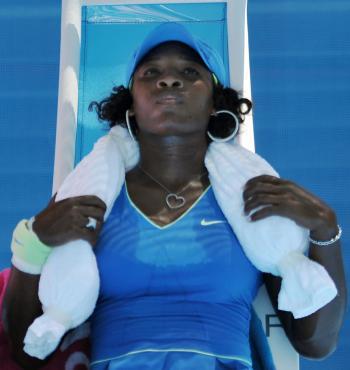
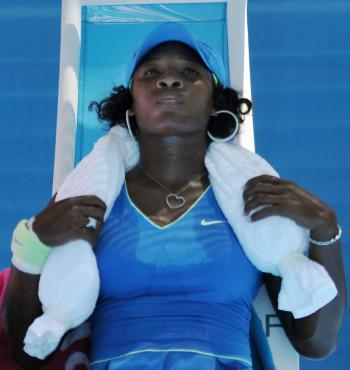
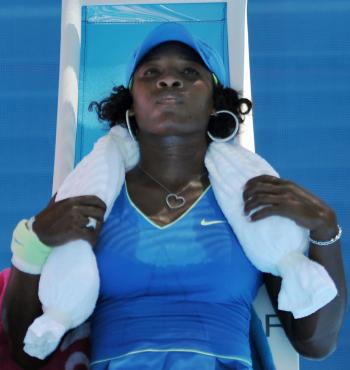
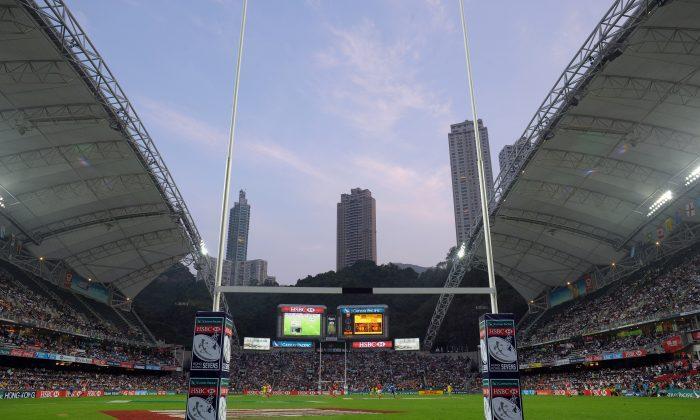

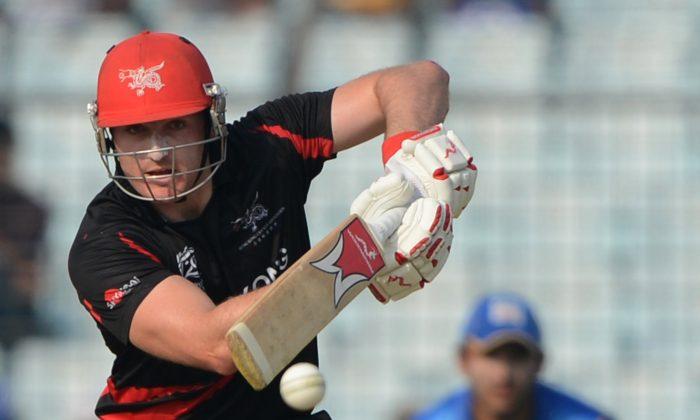
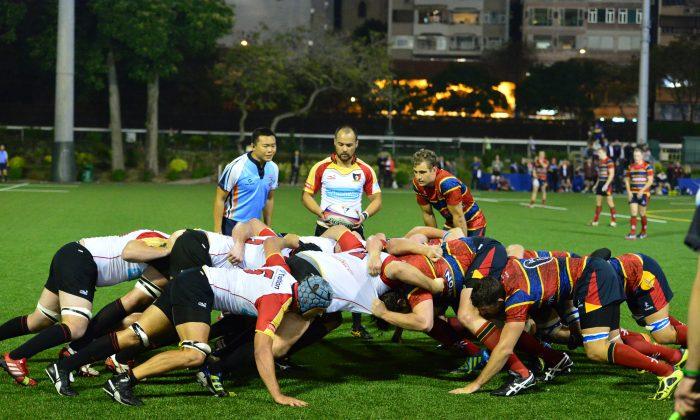
Friends Read Free